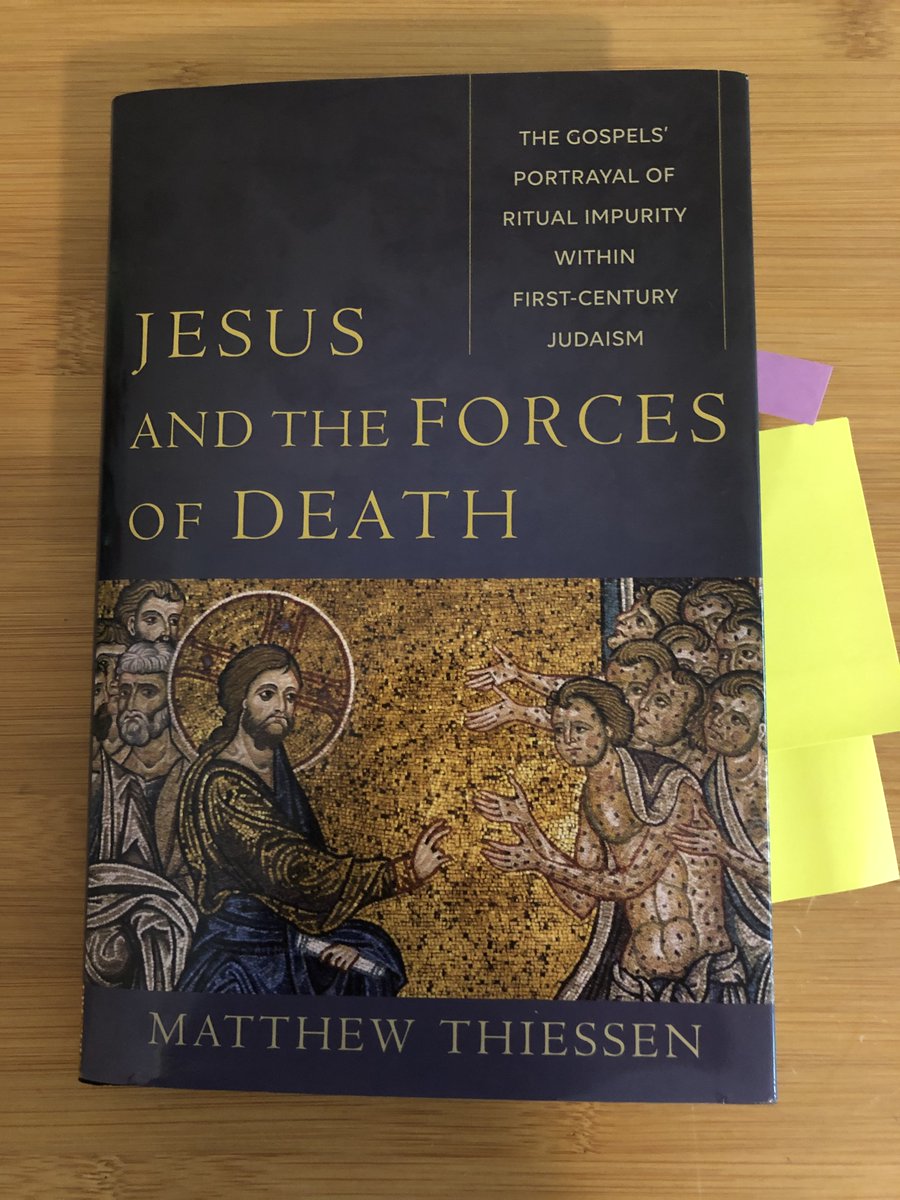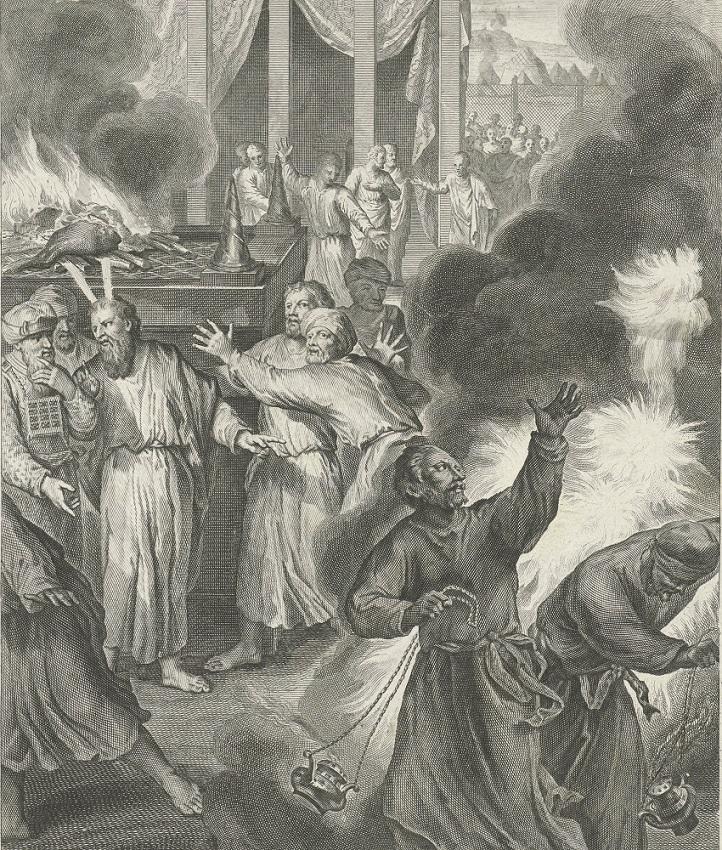Just finished @MattThiessenNT’s new book Jesus and the Forces of Death: The Gospels’ Portrayal of Ritual Impurity within First-Century Judaism @BakerAcademic, and highly recommend it to anyone looking for a fresh take on the gospels! Here are seven of my top takeaways (thread)
1. Those called “lepers” in English translations of the gospels didn’t have leprosy (Greek elephantiasis), but a minor skin condition called lepra in Greek (tsara‘at in Heb)—like psoriasis or eczema—that Leviticus describes as ritually defiling. (I guess Ben Hur isn’t accurate https://abs.twimg.com/emoji/v2/... draggable="false" alt="🤣" title="Lachend auf dem Boden rollen" aria-label="Emoji: Lachend auf dem Boden rollen">)
https://abs.twimg.com/emoji/v2/... draggable="false" alt="🤣" title="Lachend auf dem Boden rollen" aria-label="Emoji: Lachend auf dem Boden rollen">)
2. The “hemorrhaging woman” Jesus heals has an irregular (nonmenstrual) genital discharge. The issue isn’t her menstruation. She is what the priestly writings describe as a female discharger (zavah). Jesus removed her impurity through an involuntary discharge of his own holiness
3. Jesus’s healing of corpses is portrayed such that Jesus’s holiness conquers the forces of death which are ultimately the source of ritual impurities.
4. Concerns over this trifecta of manifestations of ritual impurity (lepra, irregular genital discharges, and corpse impurity) were widespread in ancient Mediterranean cultures, not a product of some unusual Jewish anxiety or legalism, as they are often portrayed.
5. The Jewish ritual purity system isn& #39;t the antithesis of Christian compassion but “animated by compassion”: “a protective and benevolent system intended to preserve God’s presence among his people, a presence that could be of considerable danger to humans" (e.g. Nadab/Abihu)
6. It’s often noted that Jesus’s death/resurrection represent a victory over death. Since death is the source of ritual impurities, Jesus’s resurrection also entails that Jesus has conquered the source of ritual impurities, not abolished the system meant to protect from them.
7. “A different legal position in a Second Temple Jewish writer is always treated as evidence of legal development or diversity, never as a sign of ignorance of the Jewish law or practices, never as a sign of non-Jewish identity...
...and never as a sign that someone has abandoned or rejected the Jewish law.” Why don’t we treat the Synoptic gospels the same? I’ve understood the authors of Mark and Matthew as Jewish Christ-followers, but this is the first I’ve been convinced that Luke was Jewish, too.
This is a landmark contribution to understandings of the gospels within Judaism and an engaging and accessible entry point for studying the Jewish ritual purity system (not that everyone isn’t eager to read Milgrom’s 2,500 page commentary on Leviticus!).
And the book contains lots of other treasures I haven’t mentioned. Check it out for yourself! http://www.bakerpublishinggroup.com/books/jesus-and-the-forces-of-death/399980">https://www.bakerpublishinggroup.com/books/jes...

 Read on Twitter
Read on Twitter
 )" title="1. Those called “lepers” in English translations of the gospels didn’t have leprosy (Greek elephantiasis), but a minor skin condition called lepra in Greek (tsara‘at in Heb)—like psoriasis or eczema—that Leviticus describes as ritually defiling. (I guess Ben Hur isn’t accuratehttps://abs.twimg.com/emoji/v2/... draggable="false" alt="🤣" title="Lachend auf dem Boden rollen" aria-label="Emoji: Lachend auf dem Boden rollen">)" class="img-responsive" style="max-width:100%;"/>
)" title="1. Those called “lepers” in English translations of the gospels didn’t have leprosy (Greek elephantiasis), but a minor skin condition called lepra in Greek (tsara‘at in Heb)—like psoriasis or eczema—that Leviticus describes as ritually defiling. (I guess Ben Hur isn’t accuratehttps://abs.twimg.com/emoji/v2/... draggable="false" alt="🤣" title="Lachend auf dem Boden rollen" aria-label="Emoji: Lachend auf dem Boden rollen">)" class="img-responsive" style="max-width:100%;"/>



